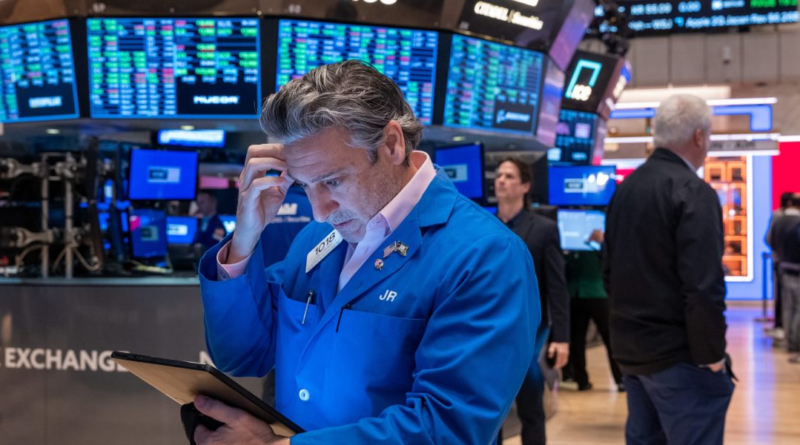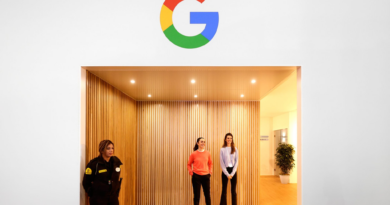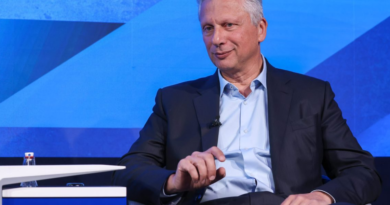The Fed’s 2% inflation target is a ‘pipe dream’ and stocks are set to drop 10%, Stifel’s Barry Bannister warns
The Federal Reserve has been battling inflation for over two years now, raising interest rates and pulling liquidity from markets in hopes of cooling the economy. Despite Wall Street fears that these policies would spark a recession, the U.S. economy has proved remarkably resilient over the past few years.
Consumer spending has routinely surmounted expectations; the unemployment rate has remained in a limited range between 3.7% and 3.9% since last August; and GDP growth came in at a healthy, though slowing, 1.6% rate in the first quarter. However, partly because of the economy’s resilience to the Fed’s hawkish policies, inflation continues to be a thorn in the side of Fed Chair Jerome Powell.
The Fed’s favorite inflation gauge—the core personal consumption expenditures (PCE) price index, which excludes more volatile food and energy prices—rose 2.8% from a year ago in March. That’s down from its 5.3% peak in March 2022, but still well above the Fed’s 2% target rate. Now, Barry Bannister, chief equity strategist at the brokerage firm and investment bank Stifel, fears Fed officials’ goal of returning that gauge to 2% is unrealistic, unless their long-forecast interest rate cuts are pushed back substantially.
“[T]he sustained 2% Core PCE inflation the Fed seeks is a pipe dream,” he wrote in a Sunday note. “We expect Fed rate cuts to be pushed back further, causing a middle quarters correction for equities.”
In the Wall Street veteran’s view, this higher interest-rate environment means the stock market is headed for painful correction that will see the S&P 500 drop roughly 10% to 4,750 by the end of the third quarter.
A ‘pseudo-recession’ enabled disinflation, but now it’s over
The key to Bannister’s argument is his belief that the economy already experienced a “pseudo-recession” between January 2022 and the summer of 2023 that helped reduce inflation from its June 2022 40-year high above 9%.
During this trying period for the economy, he explained in the note, there was a decline in demand for labor, a rapid drop in productivity, and an outright plunge in the ISM Purchasing Managers’ Index (PMI) for manufacturing, which measures activity in that key sector of the economy. That wasn’t enough to be considered a full-blown recession by most economists, but in Bannister’s view, it was a form of minor, under-the-radar-recession. And it was this period of economic cooling that really drove the drop in inflation over the past few years, he argues, not the Fed’s interest rate hikes.
“The ~5 quarters 1Q22 to 2Q23 were a ‘pseudo-recession’ and the Fed already harvested all the normal post-recession disinflation we would expect,” he wrote.
Now, Bannister expects productivity and the manufacturing sector to rebound in 2024, driving wage increases in a still supply-constrained labor market. He noted that productivity “always surges after recessions as rising output outpaces lagging hours worked.” And in Stifel’s 2024 Outlook report, the investment bank argued that manufacturing will benefit from the rise of AI as well as geopolitical tensions that will leave U.S. with a “greater need for self-reliance and protection of critical industries.” President Biden’s CHIPS and Science Act as well as the Infrastructure Investment and Jobs Act are two examples of how the government is already supporting manufacturing domestically to thwart international competition.
All of this, along with rising wages, could push core PCE inflation above 3% by early 2025, in Stifel’s view.
Bannister isn’t the only one forecasting stubborn inflation and rising interest rates and feeling a bit uneasy as a result. The University of Michigan’s Sentiment Index plummeted from 77.2 in April to 67.4 in May, bringing Americans’ opinion of the economy to a six-month low. Inflation expectations over a 1-year horizon also rose to 3.5%, from 3.2%, showing rising consumer prices—and the rate hikes that might follow—are a concern on Main Street.
As the University of Michigan’s surveys of consumers director, Joanne Hsu, explained:
“Consumers had been reserving judgment for the past few months, [but] they now perceive negative developments on a number of dimensions. They expressed worries that inflation, unemployment and interest rates may all be moving in an unfavorable direction in the year ahead.”




